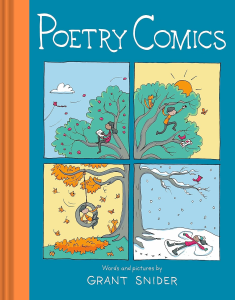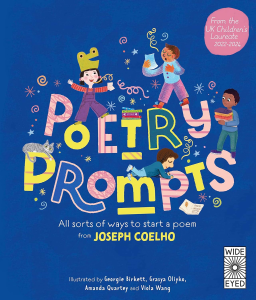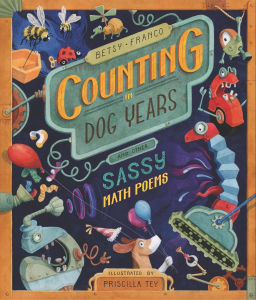Many of our students are reluctant writers. Their reluctance is often a result of high expectations, a belief that their writing–ideas, organization, and for many, spelling–should be perfect as they put pen to paper. In her book Bird by Bird, writer Anne Lamott says, “Perfectionism is the voice of the oppressor….” We have to find ways to shift our students’ mindset and lower the expectations they put on themselves. This may seem counterintuitive but it is essential if we are going to develop enthusiastic, willing writers.
I often show students E.B. White’s many drafts of Charlotte’s Web from Some Writer! The Story of E.B. White. I explain that looking at these drafts make me feel better as a writer. There is no need to write something perfectly the first time. We put our words on paper, knowing we can make changes later.
The mindset of perfectionism is stifling, fear-inducing. Sometimes, we as parents and teachers inadvertently contribute to the mindset of perfectionism, especially when there is a heavy focus on conventional spelling. Do we want young writers to spell things correctly? Of course! But, conventional spelling cannot be the expectation for everything they write, especially as they are learning.
They will learn conventional spelling as they learn the rules of phonics and morphology. But we can’t expect our young writers to generate new content and implement everything they’ve learned about the rules of language. Let them write. Let them experiment with language. Let them make mistakes.
Writing is a process. Remove the need for perfectionism and let the process unfold. The processes of revision and editing can follow. Sometimes. (More on this next week!)




